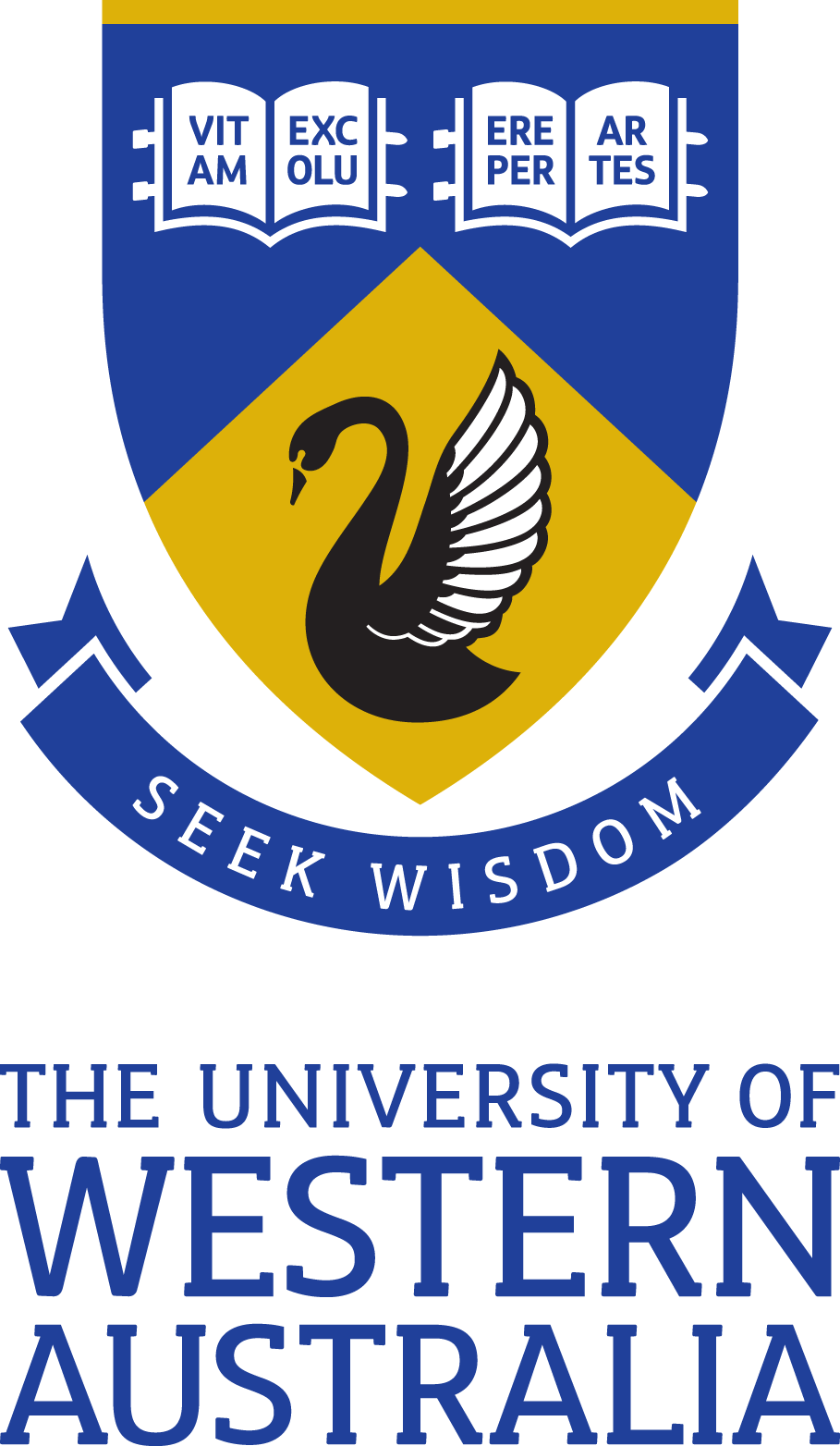Full description
Additive genetic variance, VA, is the key parameter for predicting adaptive and neutral phenotypic evolution. Changes in demography (e.g., increased close-relative inbreeding) can alter VA, but how depends on the, typically unknown, gene action and allele frequencies across many loci. For example, VA increases proportionally with the inbreeding coefficient when allelic effects are additive, but larger (or smaller) increases can occur when allele frequencies are unequal at causal loci with dominance effects. Here, we describe an experimental approach to assess the potential for rare, recessive alleles to inflate VA under inbreeding. Applying a powerful paired pedigree design in Drosophila serrata, we measured 11 wing traits on half-sibling families bred via either random or sibling mating, differing only in homozygosity (not allele frequency). Despite close inbreeding and substantial power to detect small VA, we detected no deviation from the expected additive effect of inbreeding on genetic (co)variances. Our results suggest the average dominance coefficient is very small relative to the additive effect, or that allele frequencies are relatively equal at loci affecting wing traits. We outline the further opportunities for this paired pedigree approach to reveal the characteristics of VA, providing insight into historical selection and future evolutionary potential.Notes
External OrganisationsThe University of Western Australia; University of Queensland
Associated Persons
Mark Blows (Creator); Katrina McGuigan (Creator)
Mark Blows (Creator); Katrina McGuigan (Creator)
Issued: 2023-02-22
Subjects
Additive genetic variance |
FOS: Biological sciences |
Inbreeding |
animal model |
dominance genetic effects |
genetic covariance |
User Contributed Tags
Login to tag this record with meaningful keywords to make it easier to discover
Identifiers
- DOI : 10.5061/DRYAD.2547D7WVQ

- global : 6e0d56a9-6b84-4d20-93cd-bb08b2c96a48


